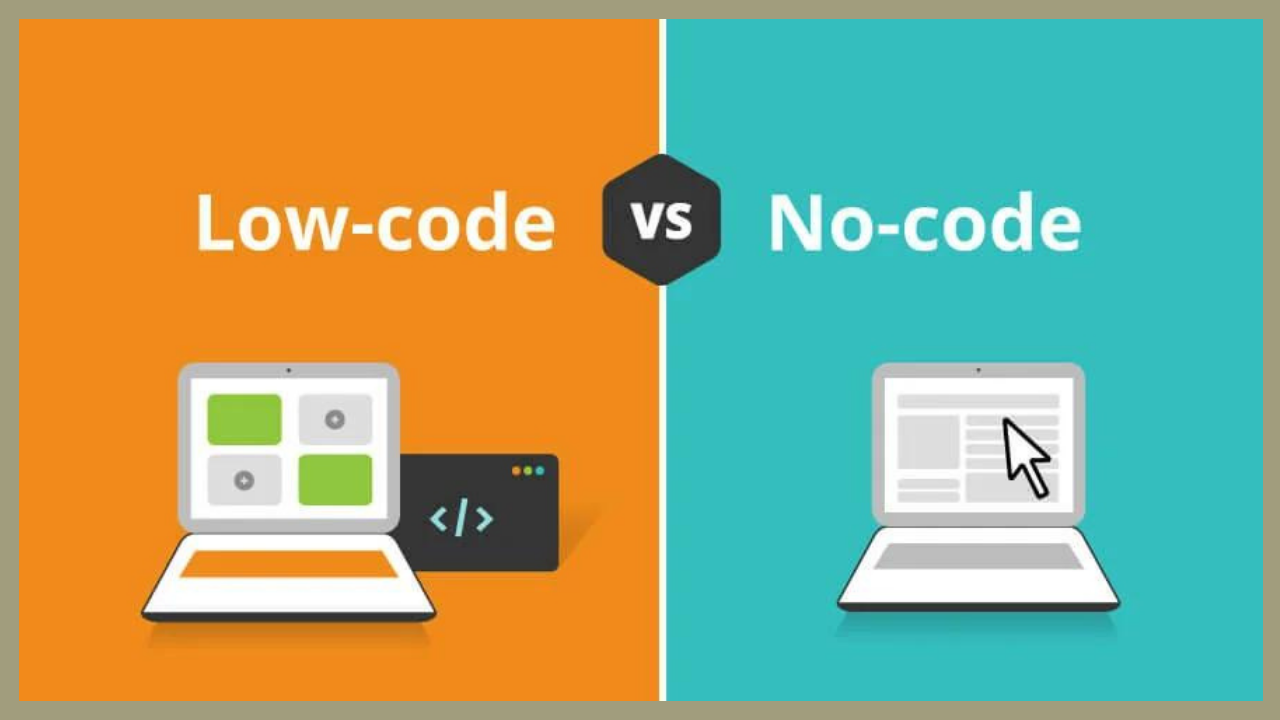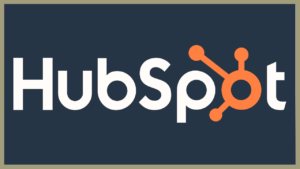No-code tools and low code platforms are the business tools of the present and future.
In fact, for many aspiring tech entrepreneurs – knowing or learning to code could make or break their chances of bringing their technology to life for a number of reasons:
- You can’t build or manage something you don’t understand
- You can’t properly vet potential technical team members
- You won’t be able to troubleshoot your own technical problems/issues
- Your technical budget will explode
- and many more…
With this in mind, what’s a non-technical founder supposed to do in terms of building a technical startup or company with no coding background?
The answer is by using low-code or no-code platforms to build something amazing.
Table of Contents
What are low-code and no-code solutions?
Put simply, they are exactly what they sound like.
Low-code and no-code platforms offer powerful drag-and-drop interfaces to build simple or complex mobile and web applications without writing a single line of code. This is a game-changer for non-technical founders in a number of ways:
- Data storage is simple and cheap to use
- No design experience is necessary
- Complex functionality is as simple as drag-and-drop
- External apps and services can be integrated to easily provide additional functionality
- Many no-code/low-code platforms offer a free tier
- and the list goes on…
Platforms
Below is by no means a complete, exhaustive list of no-code/low-code solutions – but rather a simple collection of what I have found to be the most powerful and intuitive platforms for non-technical founders:
Adalo
Adolo is a great no-code platform for building mobile applications. While many competitors offer their own mobile app solutions – Adolo seems to be the easiest to navigate and understand for non-technical founders, in my opinion. Offering modern UI (user interface) components, data storage, and even adapters to connect to third-party services, I honestly feel like it would be hard to beat Adolo’s user experience and free pricing tier for aspiring entrepreneurs looking to test ideas in the real world without breaking the bank finding technical talent.
Below is an example website and mobile app built with Webflow (discussed later) and Adolo to create “Frat Litter”, a mobile app to promote competitive recycling between fraternities on college campuses nationwide.
Bubble
Bubble is a close second to Adolo, with the added ability to build web and desktop applications – all without writing any code. Also offering data storage, integration with third-party services, and eye-catching UI elements, Bubble is an incredible option and is highly competitive in terms of pricing – offering a free tier to help creators explore, tinker, and build.
A few incredible examples of startups or companies built using Bubble:
Webflow
Webflow is an incredible website builder for those looking to customize the look and feel of their website without writing code. A common problem for non-technical entrepreneurs today is building a custom website experience tailored to their business or brand as opposed to cliche website themes or templates that have been used over and over again.
While Webflow offers all the same power and functionality that an experienced front-end developer would typically have to build from scratch – it also comes at the cost of not being as easy to learn or implement as some of the other services mentioned on this list.
A few eye-popping websites built using Webflow:
Zapier
Zapier is one of the simplest but most powerful no-code tools around – extending the power of your favorite apps to connect and integrate with one another to accomplish anything you can think of. This is accomplished through the concept of workflows which allow you to build automated processes between multiple applications to make your life or business run far more seamlessly.
From adding data to Google Sheets to sending automated emails and text messages, Zapier offers one of the most incredible suite of app integrations for the unbeatable price of free. Of course, the free tier is limited to a certain number of “zaps” (another name for workflows in Zapier) but is still beyond valuable and worth the time of looking into for anyone looking to speed up their day-to-day processes or build a simple app to test with real users.
Conclusion
Gone are the days of needing to be a coding savant in order to build a successful tech company. Founders of today are no longer holding themselves back or waiting to find the perfect technical co-founder to help bring their dreams to life. With the power of the internet and no-code/low-code solutions, the power now belongs in the hands of the creator – whether an individual, entrepreneur, or team.




